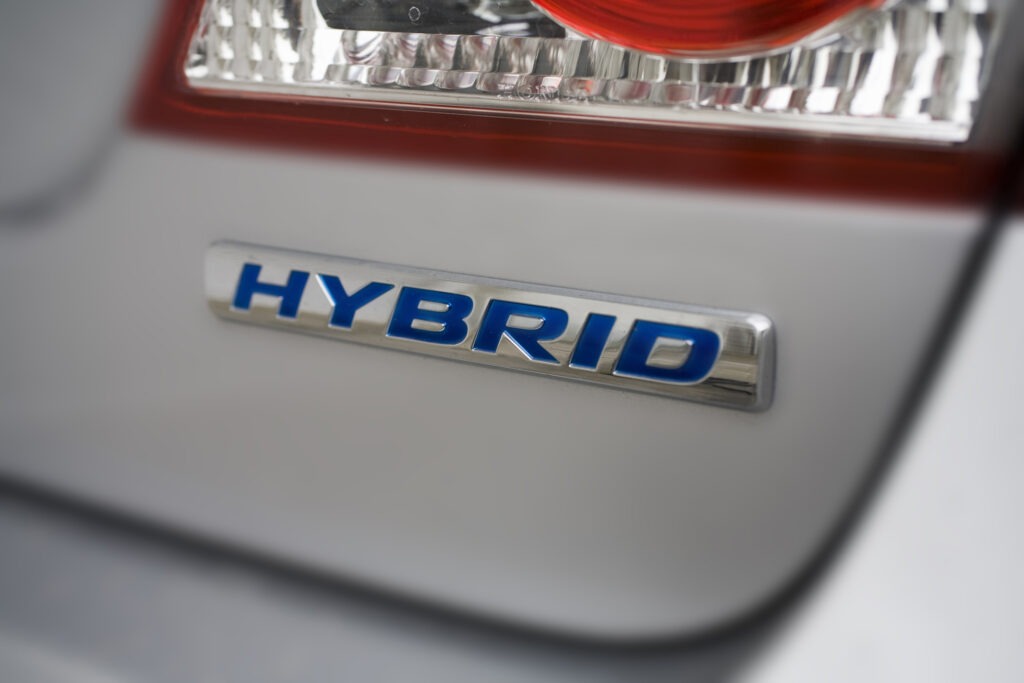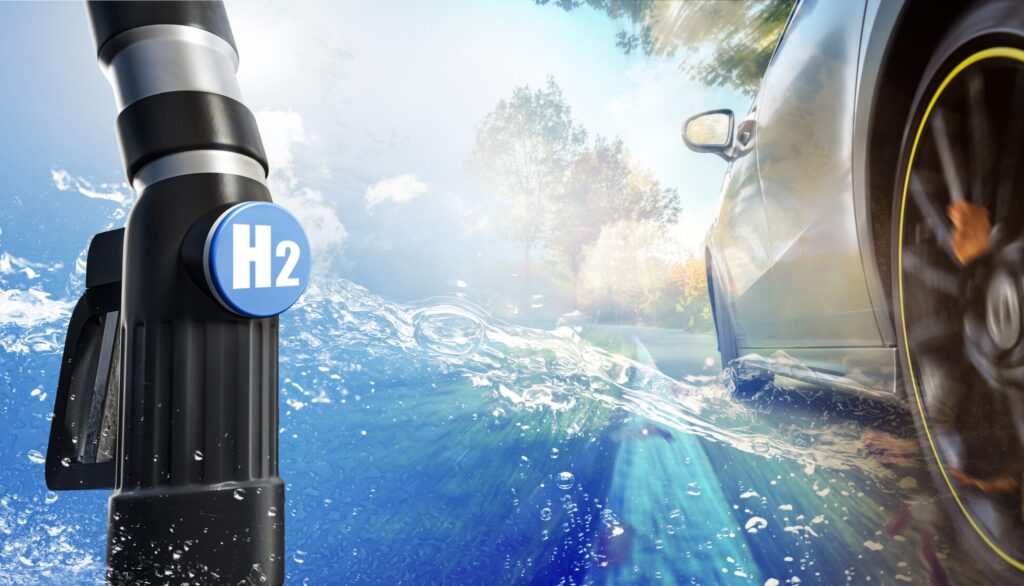What is a hybrid powertrain?
24 April 2024

Hybrid cars remain popular in the European automotive market, but there are variations in how the technology works. Autovista24 special content editor Phil Curry explains the differences.
In Europe, hybrid vehicle technology plays a key role in helping carmakers reduce their overall emissions. The powertrain’s presence in the automotive market has also introduced vehicle electrification to millions of drivers, including those who are reluctant to switch to a fully-electric vehicle.
Mass-market appeal
Hybrids have been around almost as long as the internal-combustion engine (ICE). However, the technology did not enter the automotive mass market until the late 1990s. Today, hybrids are one of the most popular powertrain options.
The latest vehicle parc data from the European Automobile Manufacturers’ Association (ACEA) reveals the uptake. Of the 252.2 million passenger cars on the roads at the end of 2022, 4.1% featured a hybrid powertrain. Of this, 3.1% were hybrid vehicles, made up of mild hybrids (MHEVs) and full hybrids (HEVs), while 1% were plug-in hybrids (PHEVs). This equates to 10.3 million units in total.
In many countries, hybrids are the second-most popular powertrain type after petrol. While the industry transitions to zero-emission motoring, drivers appear keen to mix the convenience of ICE with the benefits of electrification.
Mild-hybrid mix
The hybrid powertrain is primarily offered in three different variants. Each features an electric motor and battery alongside the ICE unit. The defining factor is how each technology uses electric power.
MHEVs feature a very small battery to store electrical energy, and cannot travel any distance on electric power alone. This powertrain often uses a 48-volt system, allowing the battery to serve components that are usually powered via the engine. This means more efficient component operation.
In addition, the battery can boost acceleration, especially when pulling away from a standing start. However, it only assists, rather than taking over the job of turning the wheels. The battery is recharged using a combination of ICE power and regenerative braking.
MHEVs are treated differently by automotive bodies when it comes to registration figures, making it difficult to determine their popularity. Some markets count the technology as a standalone powertrain, while others merge their numbers with HEVs to create a wider hybrid category. Meanwhile, a few combine MHEVs with their respective ICE counterparts.
Handling more with full hybrids
HEVs are the most common type of hybrid, driving around 7.9 million passenger cars in Europe’s parc. While sometimes referred to as ‘self-charging’ or ‘parallel’ hybrids, the technology utilises power and charging systems in the same way.
Compared with MHEVs, HEVs feature a slightly bigger battery, allowing the car to store more energy. This can be used to help power onboard systems and give an acceleration boost. However, HEVs can also move solely on electric power, albeit for very short distances at low speeds.
This means the electric motor can handle the heavy acceleration required to pull away from a standing start, with the combustion engine cutting in once underway. This helps reduce fuel consumption, especially when driving in built-up areas.
Plugging a gap with plug-in hybrids
PHEVs are seen as a bridging technology between ICE vehicles and battery-electric models. The powertrain features the largest battery of any hybrid, which works alongside a petrol or diesel engine.
As well as being charged by the engine and braking systems, this battery can also be plugged into a charging point. This is the best way to take full advantage of the system. The car can be powered either by the engine or the electric drive technology.
The larger battery allows PHEVs to travel greater distances solely on electric power. This range varies depending on battery size and vehicle weight. While some carmakers claim up to 100 miles (160km) of electric driving, the average range for PHEV models is between 50 miles and 60 miles.
Once the electrical energy is depleted, the car will switch to its ICE unit. This means drivers will not need to locate their nearest charging point to continue their journey.
The future
Hybrid models are helping the automotive industry move away from pure ICE vehicles. This means carmakers can reduce their overall CO2 fleet emissions, which could help them meet stricter targets set by the EU Commission.
However, these vehicles still emit CO2. This means they will be subject to the ban on the sale of new non-zero-emission vehicles which is due to come into law in 2035. Even PHEVs, which can travel on electric power alone, will be subject to this enforcement.
Therefore, while hybrid cars are a popular alternative to petrol and diesel, their days are limited in Europe.



